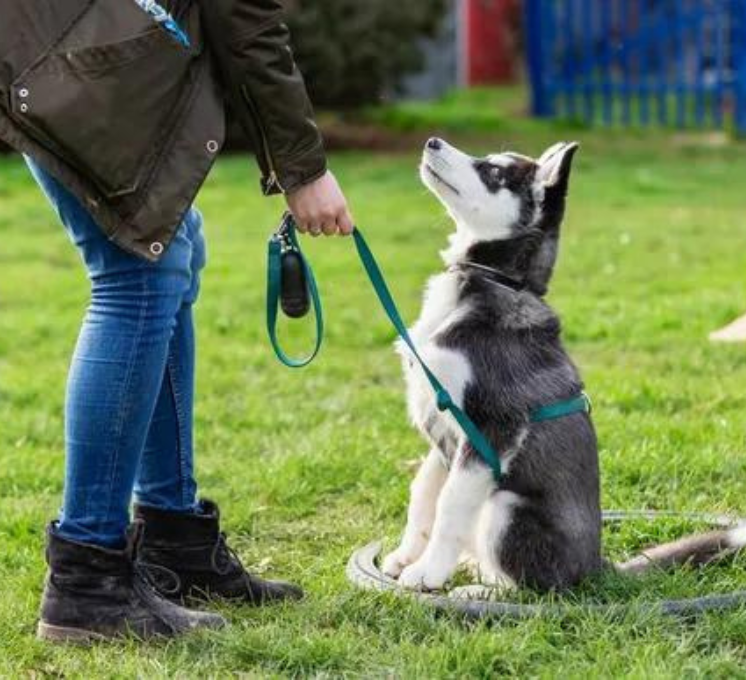Dog Training

Dog Training
Dog training is a rewarding and essential process for both dogs and their owners. It helps to build a strong bond, improve communication, and ensure a well-behaved pet. Here are some key principles and methods of dog training.
We Solve Behavior Problems:
- Housebreaking
- Pulling on the leash
- Not coming when called
- Darting out through open doors
- Hyperactivity
- Nipping & mouthing
1. Positive Reinforcement
- Principle: Rewarding desired behaviors with treats, praise, or toys encourages the dog to repeat those behaviors.
- How it works: When a dog sits, lies down, or follows a command, offering a reward reinforces that behavior. It’s the most widely recommended and humane training method.
- Tools: Treats, clickers, toys.
2. Consistency
- Dogs thrive on routine and clear expectations. Consistency in commands, rewards, and training sessions helps the dog learn faster.
- Tip: Use the same word or signal for each command and reward immediately after the desired action.
3. Timing
- Immediate reinforcement is key. Dogs associate their actions with the reward only if it happens right after the behavior.
- Example: If a dog sits, the treat should be given within seconds.
4. Commands
-
Basic commands include:
- Sit: Helps to manage excited behavior.
- Stay: Increases impulse control.
- Come: Ensures the dog returns when called.
- Leave it: Prevents the dog from grabbing unwanted items.
- Use short, clear, and consistent verbal commands paired with hand signals.
5. Socialization
- Exposing puppies and adult dogs to different environments, people, and other animals helps them develop confidence and reduces anxiety or aggression.
- Tip: Socialize early and gradually to avoid overwhelming the dog.
6. Crate Training
- Teaches the dog to view the crate as a safe space and aids in house training.
- How to do it: Gradually introduce the crate and use it for short periods, rewarding the dog for calm behavior inside.
7. Leash Training
- Ensures that the dog walks calmly on a leash without pulling.
- Technique: Stop walking when the dog pulls, rewarding when they walk beside you. This teaches the dog that pulling gets them nowhere.
8. Patience and Persistence
- Some dogs take longer to learn than others. It’s important to remain patient and not get frustrated.
- Tip: Short, regular training sessions (5–10 minutes) are more effective than long, infrequent ones.
9. Avoid Punishment
- Yelling or using physical punishment can damage the relationship between you and your dog. It may also lead to fear, anxiety, or aggression.
- Focus on redirecting negative behavior and rewarding positive behavior instead.
10. Enrichment and Mental Stimulation
- Dogs need mental stimulation as much as physical exercise. Puzzle toys, scent games, and training sessions provide this.
Kathy D. Grayson
client

_"I’ve been using LMKK9S for a few months now, and I’m beyond impressed with their level of care and attention to detail.
Richard M. Slack
client

Thank you, LMKK9S, for being so reliable and treating Bella like one of your own!"_
Edward K. Greenlaw
client

_"I can’t believe the transformation I’ve seen in my dog, Rocky, after working with LMKSK9S!
Susan R. Moxley
client

The trainers are incredibly patient and knowledgeable, using positive reinforcement techniques that really work.